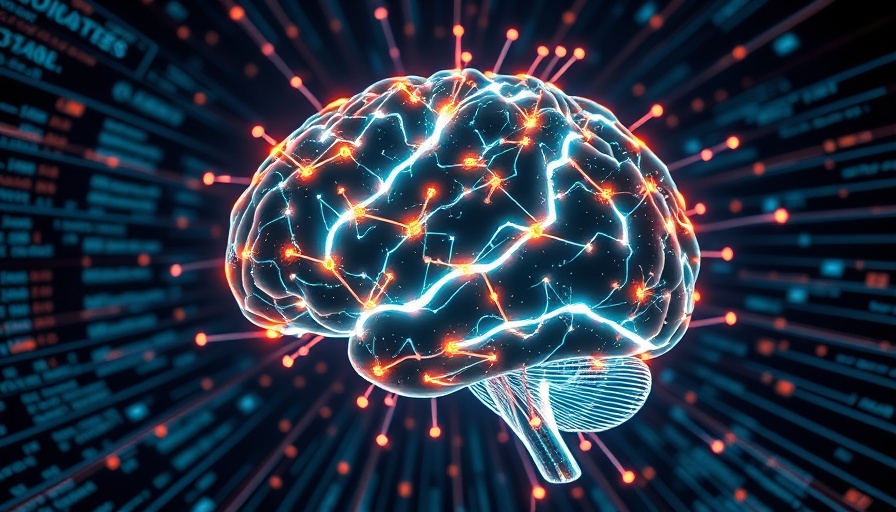
OpenAI Unveils GPT-4.5: The Future of AI Learning
In an exciting development for the field of artificial intelligence, OpenAI has announced the launch of its most impressive AI model yet—GPT-4.5, code-named Orion. Set to empower teachers, school administrators, parents, and STEM researchers, this model promises to enhance educational tools and foster greater engagement in the classroom. With unprecedented computational power and vast amounts of training data, GPT-4.5 is not just an upgrade; it represents a significant leap in AI capabilities.
Features That Matter: What Teachers Should Know
GPT-4.5 boasts improvements in contextual understanding and emotional intelligence, making interactions feel more natural and engaging. According to OpenAI, educators can expect enhanced performance in problem-solving, writing assistance, and even programming tasks, which are key components in many STEM curricula. This model can potentially aid teachers in creating more personalized and effective learning experiences for students.
Real-World Performance: Balancing Expectations
While GPT-4.5 is touted as OpenAI's most advanced model, it also faces challenges typical of cutting-edge technology. While it excels in areas like SimpleQA testing—demonstrating accuracy in factual questions—it does not replace the existing models in every category. For example, its performance in coding challenges indicates it can perform well, but still falls short against some specialized reasoning models from competitors. This insight is crucial for educators and administrators who are considering integrating AI tools into their teaching practices.
Implications for Schools: Enhancing Learning Environments
As schools seek to integrate technology into their curricula, GPT-4.5's capabilities can be a game-changer. With a focus on emotional intelligence and understanding of human intent, it could transform how students receive instruction and support. For example, its ability to respond to students in a more empathetic manner means it could assist in mentoring or tutoring scenarios, helping students navigate complex emotional or academic challenges.
Addressing Concerns: Limitations to Keep in Mind
However, as OpenAI has pointed out, GPT-4.5 is not without its limitations. Some experts posit that the characteristics can lead to over-reliance on automated systems, potentially diminishing critical thinking skills in students. Moreover, issues such as hallucination—where AI generates inaccurate information—remain a concern. Being aware of these limitations allows educators to implement AI tools responsibly and maintain a balanced education.
Conclusion: Embracing AI in Education
GPT-4.5 heralds a new era for AI technology in education, offering opportunities for improved interactions and richer learning experiences. By leveraging the innovations offered by GPT-4.5, educators can enrich their classrooms and enhance student learning outcomes. However, with these advancements comes the responsibility to remain vigilant about the potential pitfalls of AI technology. Continuing to learn and adapt will be central as this powerful tool becomes part of educational systems.
To stay updated on the newest developments in AI and its implications for education, educators, parents, and administrators should engage with ongoing training and professional development opportunities. Understanding how to optimize these new tools is crucial in cultivating an effective learning environment for all students.
 Add Row
Add Row  Add
Add 




Write A Comment